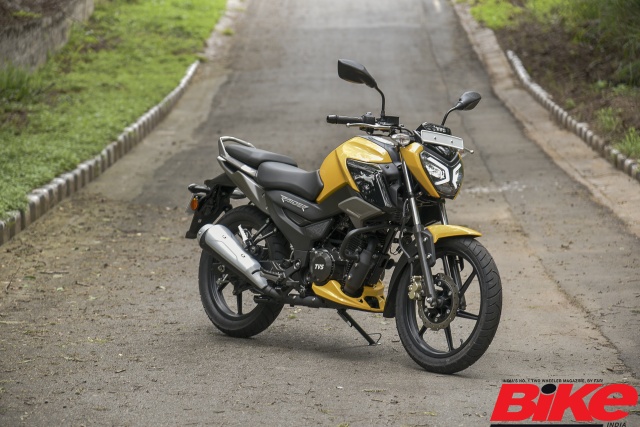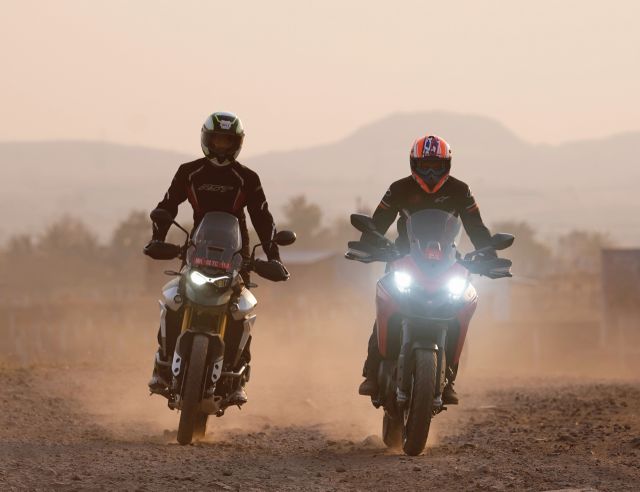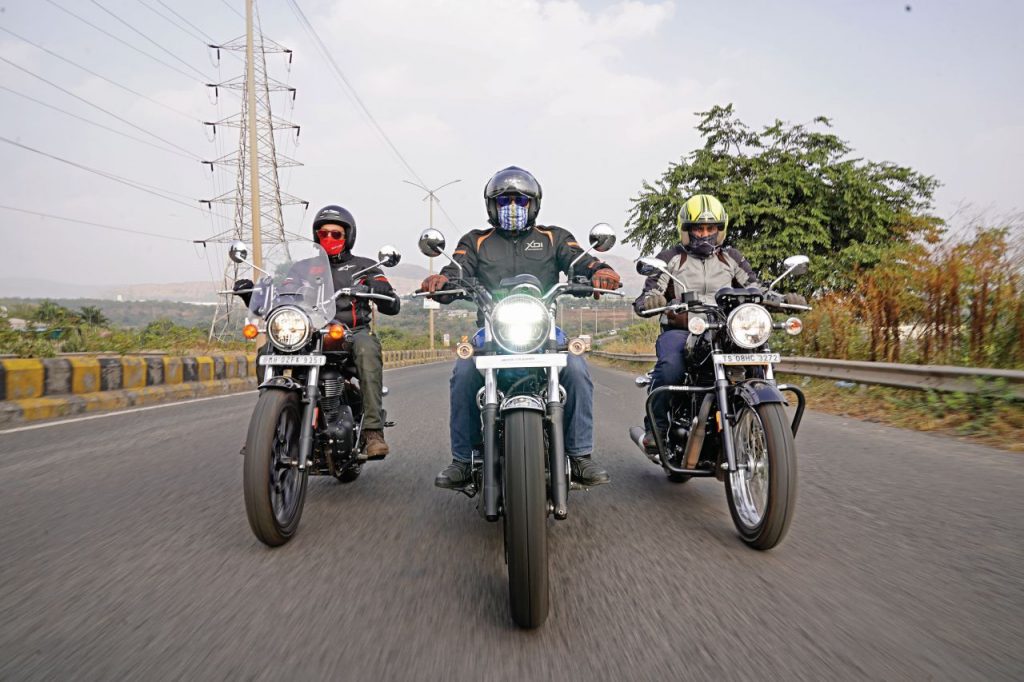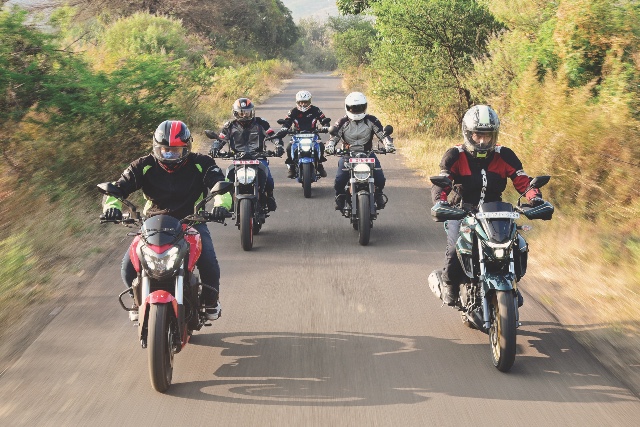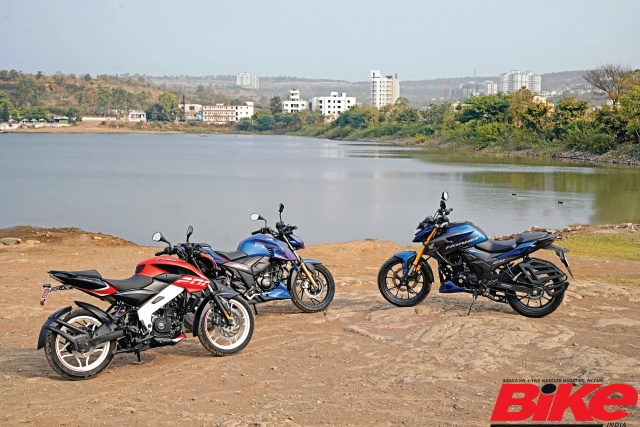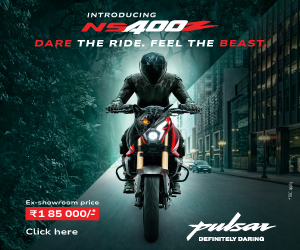The Honda SP 125 sells like hot cakes and with interesting sales figures, the Hero Glamour poses strong competition. The recently-launched Bajaj Pulsar 125 is also quite an interesting offering. The latest entrant in the 125-cc segment is the TVS Raider. TVS did try their luck at the 125-cc segment with motorcycles such as the Victor GLX 125, Flame, and the Phoenix but failed to see the success they were looking for in the market. Now after a period of four years, TVS are back in the game with their sporty commuter – the Raider 125.
